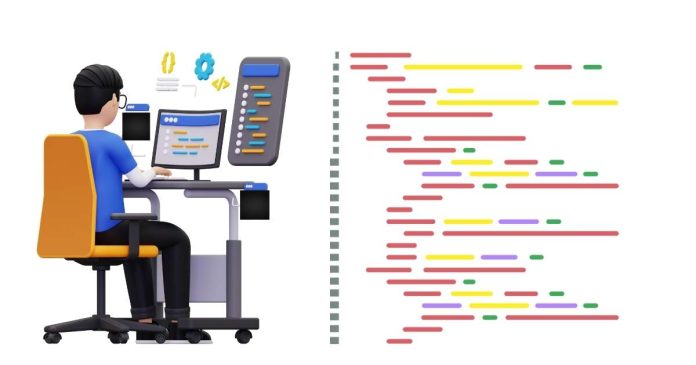In Java, the hashCode() method is a method of the Object class that returns an integer value representing the hash code of an object. It is widely used in hash-based collections like HashMap, HashSet, and Hashtable. Every object in Java inherits the hashCode() method from the Object class, but it is often overridden for custom classes to improve performance in hash-based collections.
hashCode() in the Integer class
The Integer class, which is a part of java.lang, overrides the hashCode() method from the Object class to return the int value itself. This makes sense because the hash code for integers can simply be the integer value, as it’s already a primitive type and doesn’t require additional processing.
Method Signature:
public int hashCode()
- The method returns an
intvalue, which is the hash code of the integer object.
Usage in the Integer class:
For Integer, the hashCode() method simply returns the integer value stored in the object, as Integer is a wrapper class around the primitive int.
Example:
public class IntegerHashCodeExample {
public static void main(String[] args) {
Integer num1 = new Integer(42);
Integer num2 = new Integer(42);
Integer num3 = new Integer(99);
// Printing hash codes of Integer objects
System.out.println("HashCode of num1: " + num1.hashCode()); // Output: 42
System.out.println("HashCode of num2: " + num2.hashCode()); // Output: 42
System.out.println("HashCode of num3: " + num3.hashCode()); // Output: 99
// Checking if two Integer objects with the same value have the same hash code
System.out.println("Hash codes of num1 and num2 are equal: " + (num1.hashCode() == num2.hashCode())); // Output: true
}
}
Explanation:
- In the example above, the
hashCode()method of theIntegerclass returns the integer value itself (42fornum1andnum2, and99fornum3). - Since both
num1andnum2store the value42, they return the same hash code, demonstrating that twoIntegerobjects with the same value have the same hash code.
Key Points About hashCode() in Integer:
hashCode()Returns the Integer Value:- For
Integer, thehashCode()method returns theintvalue directly, which is stored inside theIntegerobject. - For example,
Integer x = 42;would return42when callingx.hashCode().
- For
- Consistency:
- The
hashCode()method for theIntegerclass always returns the same value as long as the value of the integer object doesn’t change. This ensures consistency in collections likeHashMaporHashSet.
- The
- Equality and Hash Code:
- The
hashCode()method must fulfill the contract ofequals()andhashCode(). If two objects are considered equal (i.e.,x.equals(y)returnstrue), they must have the same hash code. However, it is not necessary for two objects with the same hash code to be equal, though it is a desirable property for performance reasons.
- The


